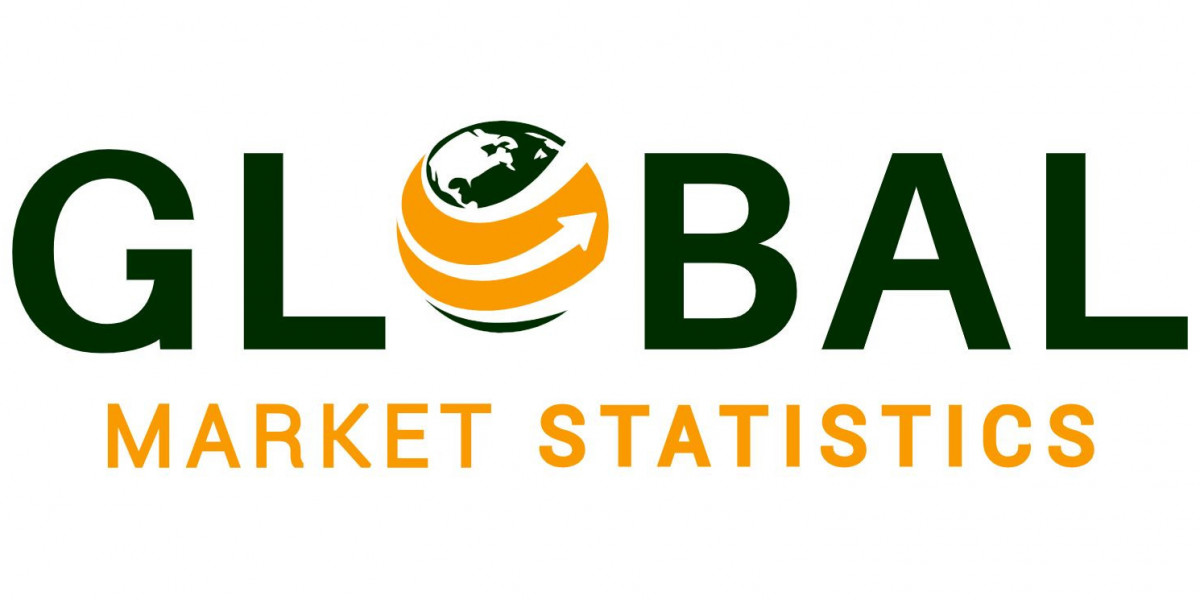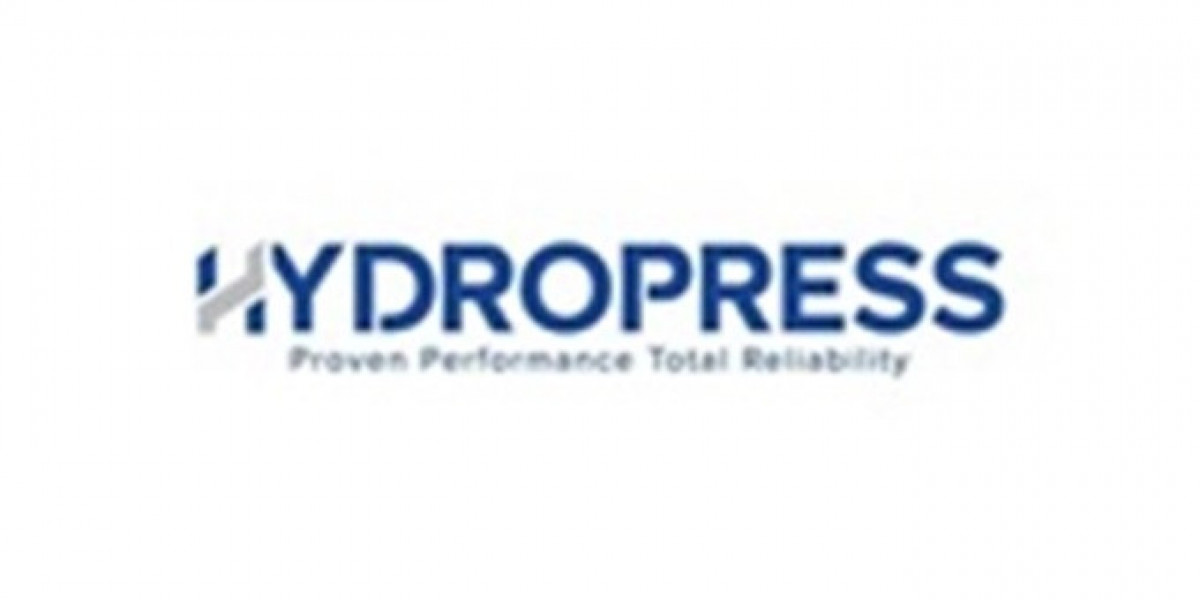The global petroleum coke (petcoke) market has witnessed steady growth over recent years due to increasing demand from end-use industries, including energy, cement, and steel production. Petcoke, a by-product of refining heavy crude oil, is predominantly used as a cost-effective fuel source. This article provides an in-depth analysis of the global petcoke market, focusing on its size, growth forecast, key segments, major players, opportunities, challenges, and regional outlook.
Market Size and Growth Forecast
According to Stratview Research, the global petcoke market was estimated at USD 18 billion in 2021 and is likely to grow at a CAGR of 9.8% during 2022-2028 to reach USD 34.63 billion in 2028. The rise in industrial applications, coupled with a growing preference for low-cost energy alternatives, is fueling the demand for petcoke. The cement and power generation industries, in particular, are key drivers of this growth.
As emerging economies ramp up infrastructure projects, the consumption of petcoke in the construction sector is anticipated to surge. In the energy sector, rising global energy demand, especially in developing countries, is expected to further boost the petcoke market. However, environmental concerns and the push for greener alternatives may temper growth in the long term.
Key Segments in the Petcoke Market
The global petcoke market is segmented based on:
- Grade Type: Fuel Grade and Calcined Grade,
- Physical Form Type: Sponge Coke, Purge Coke, Shot Coke, and Needle Coke,
- Application Type: Power Plants, Cement Industry, Steel Industry, Aluminum Industry, and Others,
- Region: North America, Europe, Asia-Pacific, and Rest of the World.
Key Players in the Petcoke Market
Several major players dominate the global petcoke market. These companies focus on expanding production capacities, forming strategic partnerships, and investing in research to improve the quality and applications of petcoke.
- ExxonMobil Corporation
- Chevron Corporation
- Saudi Arabian Oil Co. (Saudi Aramco)
- BP Plc
- Indian Oil Corporation Ltd.
- Reliance Industries Ltd.
These players hold significant market shares and are continuously seeking ways to reduce the environmental impact of petcoke production and consumption through technological advancements.
Opportunities and Challenges
Opportunities:
- Growing Demand in Developing Economies: Rapid industrialization in regions like Asia-Pacific and Latin America presents growth opportunities for petcoke, particularly in the cement and construction sectors.
- Cost-Effective Fuel: As a cheaper alternative to conventional fuels like coal, petcoke remains attractive to industries seeking cost efficiencies.
Challenges:
- Environmental Concerns: Petcoke combustion releases significant amounts of sulfur dioxide and particulate matter, contributing to air pollution. Regulatory pressures to reduce carbon footprints and adopt cleaner energy sources pose a significant challenge to the market.
- Regulatory Hurdles: Many governments are imposing stricter regulations on the use of petcoke, especially in regions focused on reducing sulfur emissions, such as the EU.
Regional Analysis
The global petcoke market exhibits varying dynamics across regions:
- North America: The region holds a significant share of the petcoke market, driven by high production capacities in the U.S. and Canada. The availability of low-cost crude oil has bolstered the production of petcoke in this region.
- Asia-Pacific: This region is expected to experience the highest growth due to rapid industrialization, especially in countries like India and China. The booming construction and energy sectors in these countries are major consumers of petcoke.
- Europe: Stringent environmental regulations and the push for green energy alternatives have slightly dampened the demand for petcoke in Europe. However, the region still maintains steady consumption, especially in the cement industry.
- Middle East & Africa: The availability of heavy crude oil and growing infrastructure projects are driving the demand for petcoke in the Middle East. Similarly, Africa is emerging as a growing market due to the need for cost-effective energy solutions.
Conclusion
The global petcoke market is poised for steady growth, driven by increasing demand from key industries like energy and cement. While the market presents numerous opportunities, it also faces significant challenges related to environmental impact and regulatory constraints. Regional dynamics play a crucial role in shaping the market's future, with Asia-Pacific expected to lead in growth, while North America and Europe remain stable markets. The role of key players in navigating these challenges through technological advancements and sustainable practices will be vital in determining the future trajectory of the petcoke market.









